section-ee97cd1
Cathodic Protection Services
Whether the project is a pipeline, tank, offshore or concrete structure, SOGEC will design the right, economical, and most efficient Cathodic Protection (CP) System to protect the structure with the minimum required maintenance. When it Comes to Pre-Design & Site Survey of the Cathodic Protection System. our Design teams consist of trained and certified professionals with all the skills and expertise required to complete the job safely and efficiently.





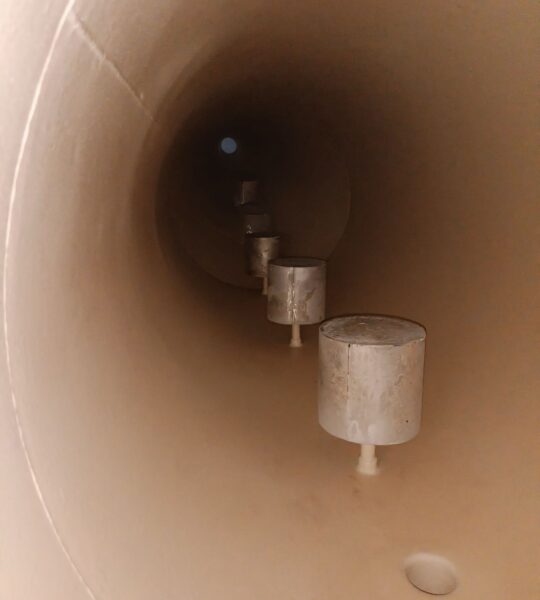
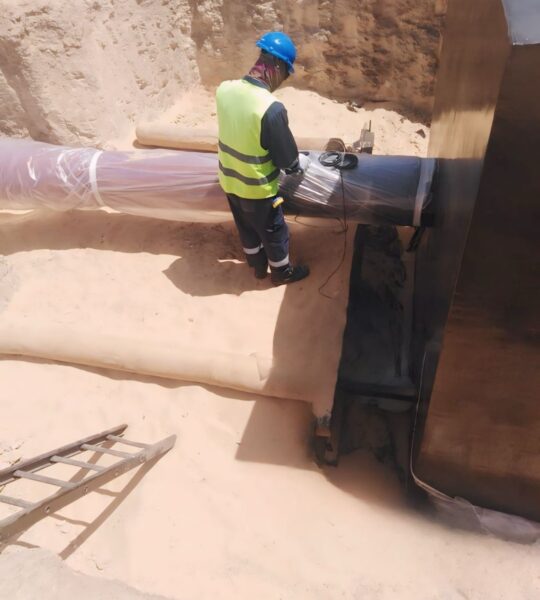
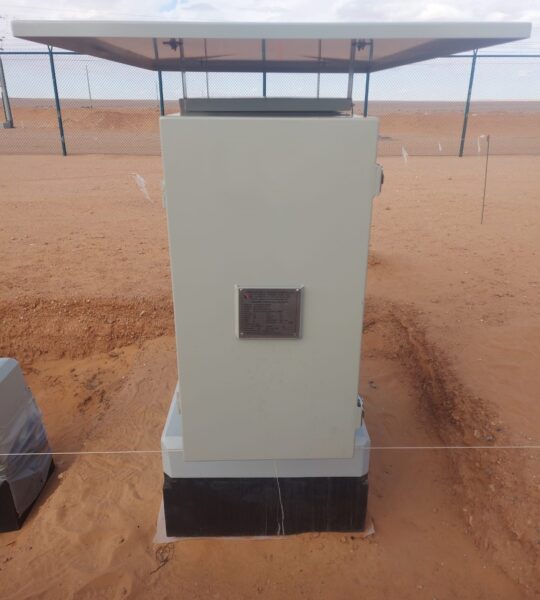
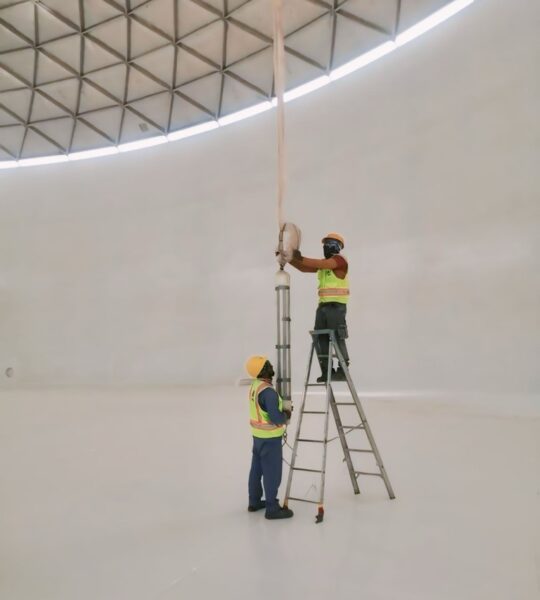
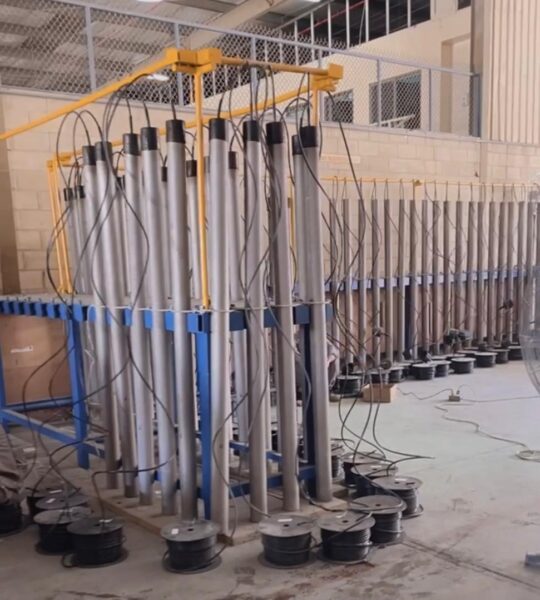
section-e9a4d85
Cathodic Protection – Working to extend the life of critical structures
Tank storage of crude, petroleum, chemicals and other liquids provides a critical interface between production and transportation. Aging infrastructure and the risk of leakage and structural failure is an intolerable risk to terminal operators. This is why our Corrosion Service focuses on providing tank cathodic protection designs, engineering, supply and field services to the tank storage industry in Saudi Arabia & Other GCC Countries.

section-6a3b2ca
Our Cathodic Protection Activities Include
Designs are done taking into consideration the aspects related to practicality, cost-effectiveness client standards, and specifications. It is ensured through the engineering team with qualified NACE Certified CP-3 Technologists and CP-4 Specialists. Software and complex calculations are used to decide the type of system to be used, whether sacrificial or impressed current system. Design packages submitted to clients usually include detailed drawings, materials specifications, bills of materials, installation procedures, inspection test plans, method statements construction schedules, etc.
SOGEC’s highly experienced engineers and technicians are available to install or supervise the installation of any Cathodic Protection System in any part of the GCC countries. The construction team consists of one of the biggest numbers of NACE Certified CP-2 Technicians among CP companies in GCC and this is due to the fact of continuous training and upgrading of team members. Complete installations provided can vary from a simple ribbon anode system for the external tank bottom to installations of deep anode ground beds including, drilling and civil works.
With a 4,000 sq. meter manufacturing facility & 2500 sq. meter warehouse Facility in Dammam Saudi Arabia, SOGEC assembles and manufactures a vast variety of Cathodic Protection materials with different product lines, starting with a normal type of anode, and ending up with the most sophisticated type of Cathodic Protection Transformer Rectifier. Below is a simple list of what SOGEC can fabricate/assemble and supply to its customers with different types & sizes:
- Sacrificial Anodes (Magnesium, Zinc, Aluminum, etc..)
- High Silicon Iron Anodes (TA-4, TA-5, TA-2, etc...)
- Mixed Metal Oxide (MMO) Tubular Anodes, Ribbon
- Anodes, Mesh Ribbon Anodes
- Conductor Bars
- Junction & Bonding Boxes
- Test Stations
- Reference Electrodes (RE)
- Cables (HMWPE, PVDF/HMWPE, THHN, XLPE/PVC, etc...)
- CP Transformer Rectifiers (Solar, Air Cooled, Oil Cooled, Conventional, Auto Potential, Variac, etc...)
- · Monitoring Systems
An initial survey is usually conducted to identify site conditions relevant to structures that require Cathodic Protection System. The survey would involve the investigation of many factors. The results of the survey in conjunction with information on the structure/plant to be protected provide basic information for the design.
On completion of the installation of the Cathodic Protection Systems, SOGEC engineers will test, commission, and make the necessary adjustments to the system to achieve the required level of protection for the structure. A fully detailed report on the performance of the system is usually submitted along with complete AS-Built drawings at the end of each project. SOGEC offers a monitoring procedure to maintain control of the Cathodic Protection System with regular inspection so that continuous protection is ensured and maintained.
Whether standalone or under direct assessment programs, Sogec offers a wide range of over-the-line surveys like CIPS, DCVG, ACVG, PCM, ACCA, Soil Resistivity, Redox Potential, GIS mapping, Geophysical, and other survey techniques that help assess the cathodic protection systems functionality, coatings condition, and soil corrosivity
Through experienced and well-trained engineers and technicians, SOGEC at present time is capable of designing in-house the safest and most cost-effective AC interference mitigation systems. Complicated software and authorized licenses used in the design stage are one of the most advanced in their field. Lately, SOGEC has successfully designed, supplied, installed, and commissioned AC Mitigation Systems for various clients in the market.
section-8da3390
FAQ Cathodic Protection ( Frequently Asked Questions)
Cathodic protection is an electrochemical process that mitigates corrosion on pipelines, storage tanks, structural piles, and other buried or submerged metallic structures. Cathodic protection works by introducing a sacrificial metal that is electrically connected to another structure on which you wish to prevent corrosion. The anode is more anodic (more reactive) than the structure, and an electrochemical cell is formed where corrosion is significantly reduced on the structure, at the expense of corrosion on the anode.
Anodes are relatively inexpensive and can be replaced over time, so cathodic protection is used to significantly extend the operating lifespan of valuable pipelines, storage tanks, structural piles and other buried or submerged metallic structures.
Corrosion and cathodic protection are electrochemical processes. In a corrosion cell, the structure where metal loss (corrosion) occurs is always defined as the anode, and the structure that does not suffer from corrosion is defined as the cathode.
In cathodic protection, a sacrificial metal is introduced, connected directly to another more valuable structure on which you wish to prevent corrosion. The sacrificial metal is a more reactive metal and, subsequently, takes the brunt of the corrosion while preventing corrosion on the valuable structure. By virtue of its electrochemical nature, the anode forces the valuable structure to become the cathode, protecting it from corrosion, hence the term “cathodic protection.”
Corrosion prevention and control is a combination of technologies and techniques that mitigate corrosion risk on valuable steel infrastructure. This could include selection and application of coatings, cathodic protection, AC interference Mitigation, DC stray current interference Mitigation, and corrosion monitoring systems.
Cathodic protection systems offer an immediate and long-term solution to mitigate corrosion risk for buried and submerged steel structures. This translates directly to reduced maintenance requirements, lower operating costs, and improved asset longevity. It also makes operations more sustainable and environmentally friendly by utilizing fewer resources, since reducing corrosion through cathodic protection means that valuable infrastructure will last longer and need to be replaced less frequently.
Of course, another significant benefit is improved safe operation of assets, especially with high-visibility projects like pipelines, where failures due to external corrosion can be prevented before they even start, whether in corrosive soils/environments or at high-consequence areas, such as river crossings or urban areas.
There are two commonly implemented means of cathodic protection. These formats are known as impressed current cathodic protection (ICCP) and sacrificial or galvanic cathodic protection.
Cathodic protection is essential in preventing corrosion failures of valuable infrastructure. It is also a legislated requirement in most countries for the operation of oil and gas pipelines and storage tanks. Cathodic protection, combined with proper selection and application of coatings, provides a reliable method of mitigating corrosion risk and extending asset service life.
Galvanization is the process of plating zinc onto a steel. From an electrochemical perspective, the zinc does provide cathodic protection to the steel if it ever becomes buried, submerged, or even just wet from rain or dew. So the zinc acts like an anode to mitigate corrosion on the steel, until the zinc is fully consumed.
The difference between cathodic protection and galvanization is that galvanization is applied to a structure at the factory and is not replaceable, and is only commonly available to certain materials (such as sheet metal, fence posts, or fasteners). Cathodic protection is field-installed, and can be used on any buried or submerged metallic structure.
When the galvanization is gone, it won’t come back, and the structure loses its corrosion mitigation and will start to corrode. When a cathodic protection anode is consumed, it is simply replaced, and the structure continues to have its corrosion mitigated.
